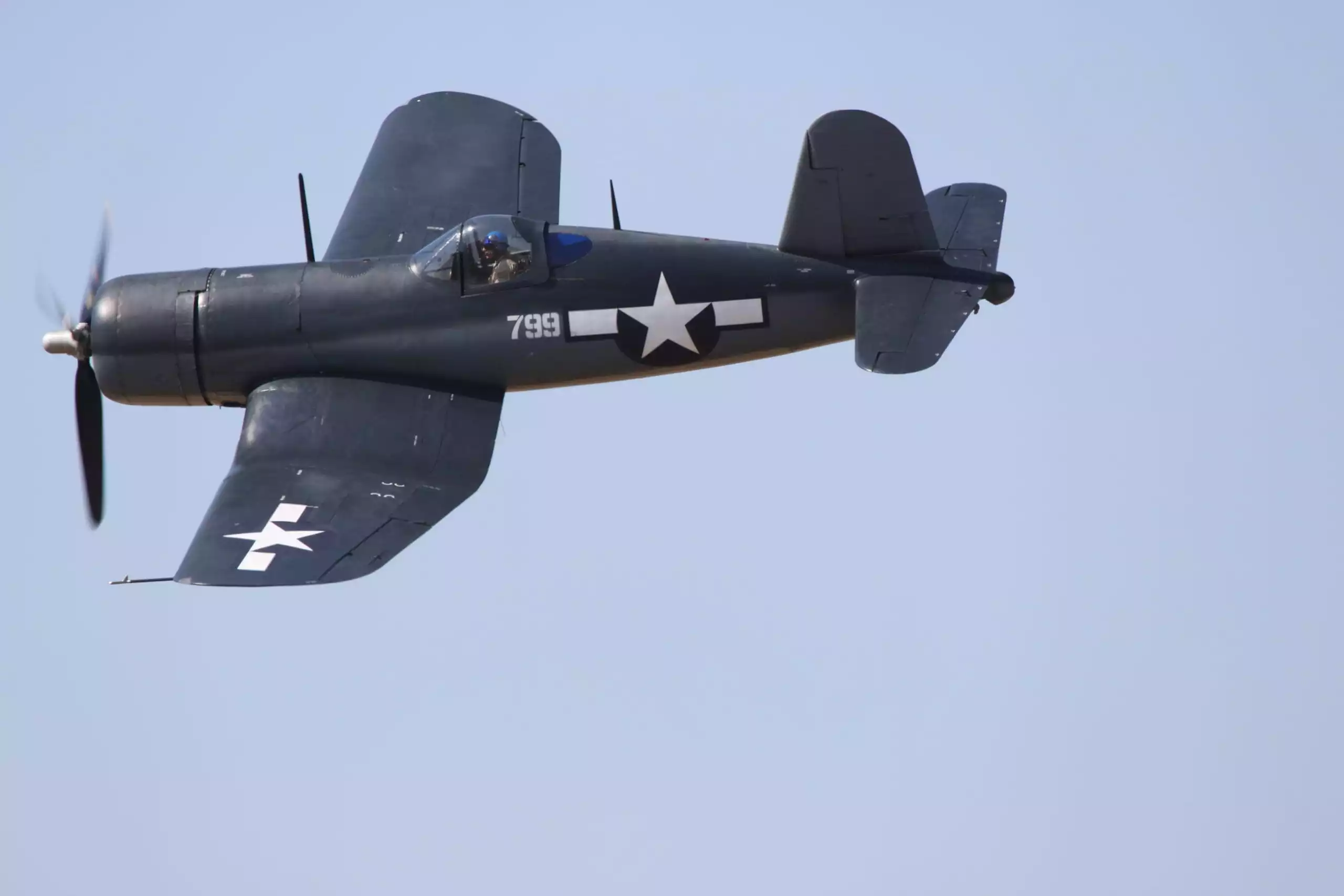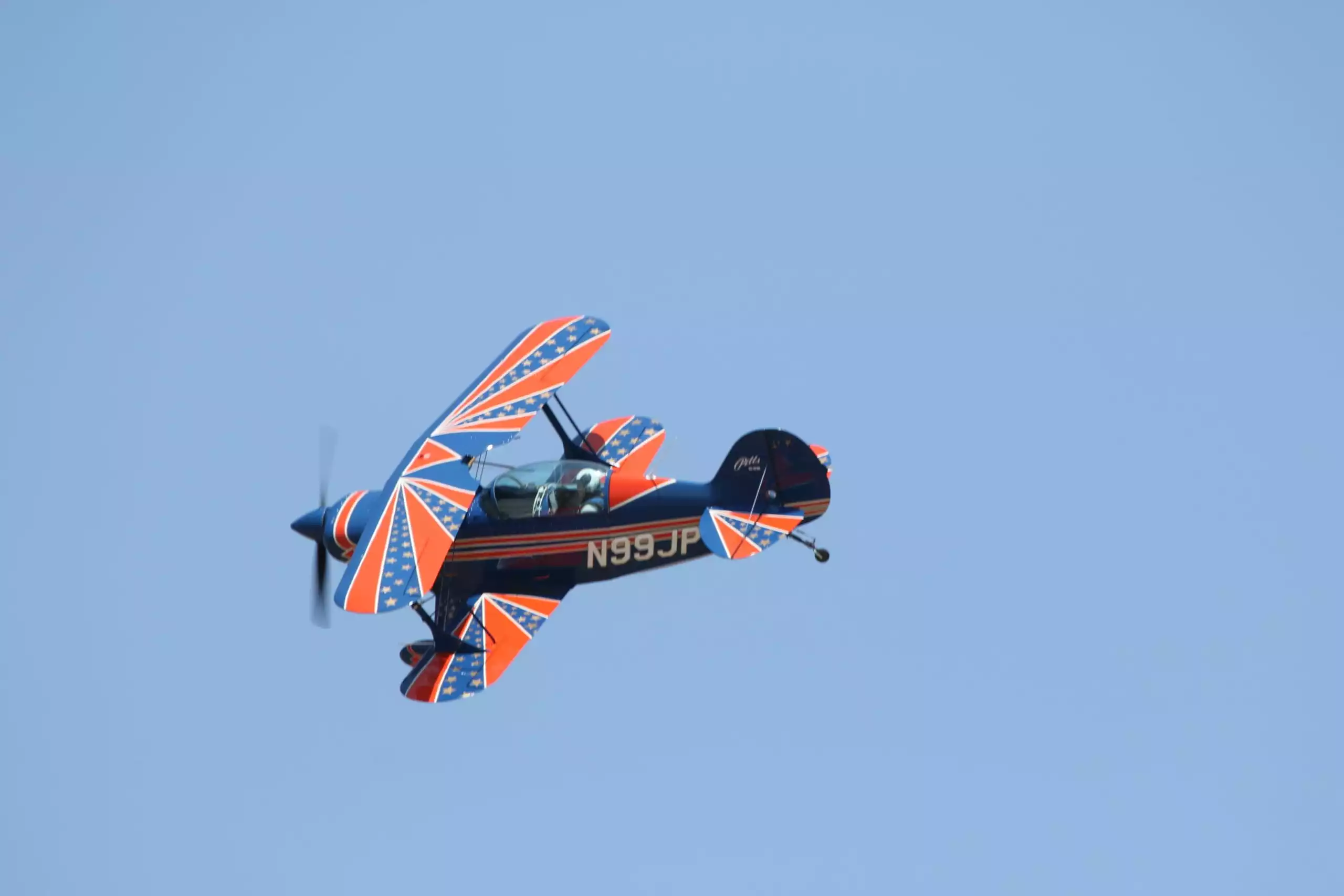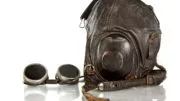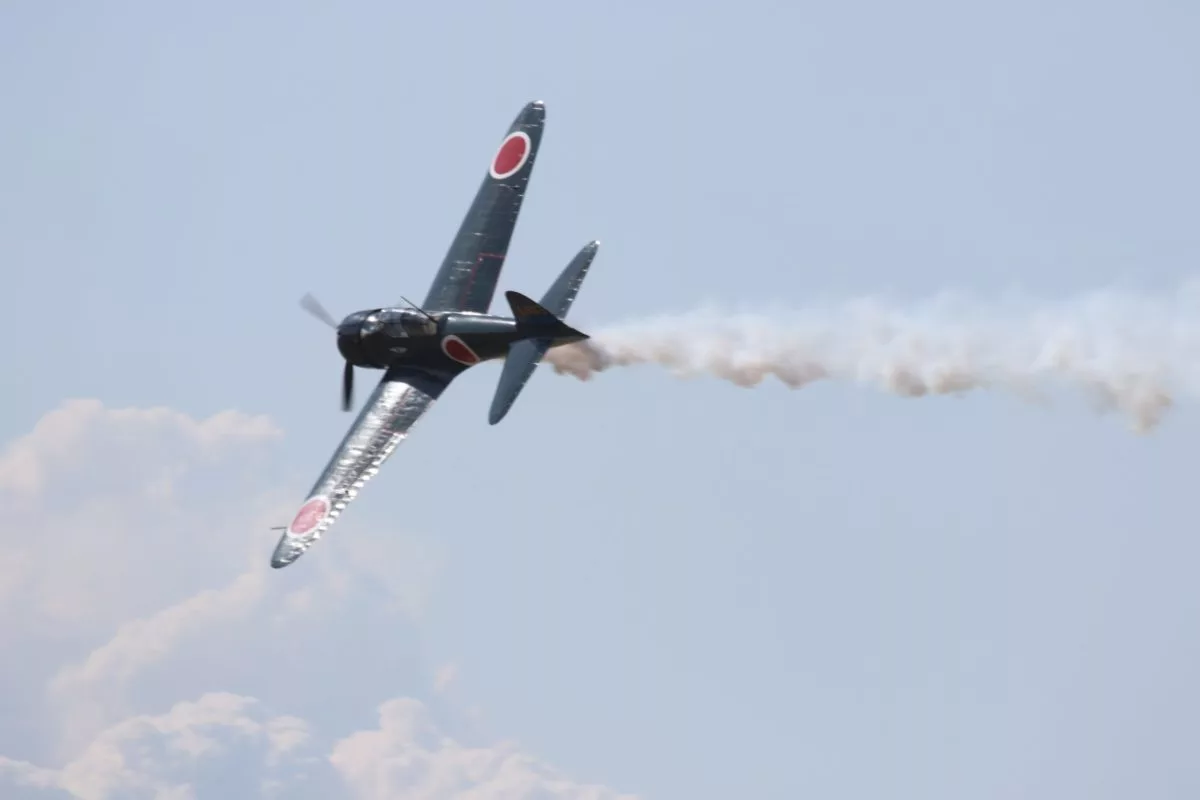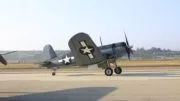Airplane History: 4 Types of Aircraft That Transformed Aviation
Throughout the years, there have been many breakthroughs in airplane history. These 4 types of aircraft have changed the world of aviation and flying.
It’s true that the establishment of powered aircraft changed the world in innumerable ways. Tracing this journey through types of aircraft, however, illuminates how aviation and airplane history was made possible by pioneering. Brave men and women were continually seeking to improve on what had come before. Even as regular space travel became possible, the airplane continues to undergo refinement for safety and efficiency.
Airplane History: The Wright Flyer and Biplanes
The 1903 Wright Flyer was the basis of many other innovations for bicyclist engineers Orville and Wilbur Wright. After researching and using trial and error for four years, along with tests using gliders, the Wright Brothers achieved powered flight on December 17, 1903. To attain takeoff speed on the rough sand on the North Carolina beaches, they constructed a launching track which was 60 feet long. The flight only lasted 12 seconds and Orville traveled a grand total of 120 feet, but it was the beginning of airplane history. In fact, by the end of the day, Wilbur managed to stay aloft for almost a full minute. The brothers lay down on the Flyer’s lower wing in a saddle-like apparatus to control it.
Many other aviation pioneers were racing the brothers to make the achievement. The Wrights prevailed by using a wind tunnel and observing birds along the North Carolina coast where they conducted tests. Also informed by their knowledge of how bicycles turned, they were able to harness the forces of flight to achieve lift, banked turns, and a basis for further aeronautical engineering— all on a custom-built engine barely more powerful than most modern lawnmowers.
The Wright Flyer was a 21 foot long biplane which weighed 605 pounds. The spars of the wings were made of spruce wood, which were connected by ribs constructed of ash. Muslin covered both wings. The biplanes to follow had the same basic design, and some were already used as gliders, but were much improved and safer. As long as the wings are stacked and in a fixed wing design, it is considered a biplane. Biplanes are still flown today and are popular vehicles for aerial aerobatics. Some modern drones are of a biplane design as well.
Monoplanes: General Aviation Single Propeller Aircraft
While biplanes enabled humanity to get off the ground, they operated with a great deal of drag. The Wright Flyer was as strong as the brothers could make it while still having the ability to get it off the ground, but overall it was fragile and was either demolished or required a great deal of repair unless it landed carefully. The original 1903 Flyer, in fact, was destroyed when it was sitting on the ground and flipped over by the wind.
The biplane format was the best available in the moment because the brothers wanted to reduce the amount of weight a wing needed to support under little-understood aerodynamic forces. As aviation surged forward, it became clear that this design was inefficient for pilots, passengers, and engineers who wanted to go faster and farther on less gas. Although the Wright Flyer was the first airplane to achieve powered flight, before it did so, other aviation pioneers also proposed and experimented monoplanes: A two-wing design with a single propeller.
Monoplanes were the next step in shaping airplane history. The development of the monoplane is largely credited to Louis Bleroit, who in 1908 figured out how to power a monoplane design without the design crumpling upon takeoff. His creation, the Bleroit XI, also designed by Raymond Saulnier, was a monoplane with an open frame made of wood and covered in fabric. The engine and propeller were positioned in front. He achieved his successful monoplane design by reinforcing the wings with wires attached to vertical poles extending from the bottom and top of the fuselage. This support made the design workable, and Bleroit later became the first person to cross the English Channel in a biplane in 1909.
Passenger Airliners
Airplane history transformed in the 1920s, when aviation had largely shifted from a daredevil stunt to a safe mode of mass transportation. Flying boats and seaplanes were the first to undertake this task, and some operated as smuggling operations in the Bahamas during Prohibition. The Junkers F13 was a marked step forward in carrying more than just a handful of passengers. A monoplane, the Junkers was the first transport aircraft made completely out of metal. Its wings were low on the fuselage and not braced, as the Bleroit XI’s were. Designed in Germany but used throughout the world, the Junkers was constructed from an aluminum alloy. Its cockpit and fuselage were enclosed, and the passenger section was even heated.
The Junkers F13 was first developed after World War I and was in production until the 1930s. More advanced engines of a radial design began to take over the straight-line device used in the Wright Flyer. During the war, it was found that engines in this configuration were more durable.
Jets
While propeller and turboprop engines are still very much in use, both general aviation as well as commercial flights now lean heavily on jet engines. Military aircraft use thrust vectoring within the jet engines to execute fast turns and quick maneuvers.
Jet engines generate thrust through an air compressor which is driven by a turbine. A propelling nozzle then pushes the airplane through the air or down the runway. While several civilizations have experimented with rudimentary jet power, the first patent on a jet engine wasn’t filed until 1921 by Maxime Guillaume. Further developments took place in England and Germany. After World War II, engineers from the United States and Soviet Union examined the progress German designers had accomplished, and began to develop successful ways to use jet engines with fixed wing aircraft.
The use of jet engines transformed airplane history and was almost universal for fighter aircraft and some forms of passenger airplanes by the 1950s. Piston engines are now mostly used on small civilian aircraft, commuter airlines, and cargo trips. As the late 1950s arrived, it became clear that jets would give way to rocket power for spaceflight.
Ready to Soar with Us?

